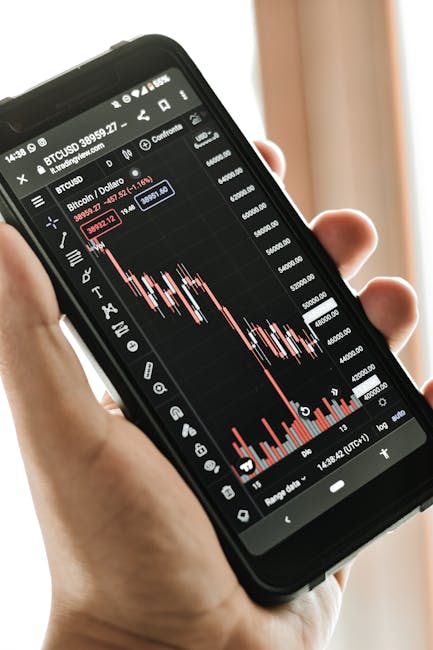In today’s fast-paced digital world, businesses and organizations are constantly striving to deliver real-time responsiveness to meet customer expectations and stay ahead of the competition. One of the most transformative approaches to achieving this goal is through event-driven architecture (EDA). This innovative framework is revolutionizing how systems communicate, process data, and respond to changes in real time. Let’s dive into what event-driven architecture is, why it’s essential, and how it’s enabling businesses to thrive in a dynamic environment.
What is Event-Driven Architecture?
Event-driven architecture is a design paradigm that revolves around the production, detection, and reaction to events. An event is any significant change in state or an action that occurs within a system—such as a user clicking a button, a sensor detecting motion, or a transaction being completed. In an EDA-based system, these events trigger automated responses, enabling seamless communication between different components without requiring direct interaction.
Unlike traditional request-driven models, where systems wait for explicit instructions, EDA operates asynchronously. This means that events are processed as they occur, allowing for faster, more efficient, and scalable responses.
Why Real-Time Responsiveness Matters
In a world where milliseconds can make a difference, real-time responsiveness is no longer a luxury—it’s a necessity. Consider the following scenarios:
– E-commerce platforms: Customers expect instant updates on product availability, order status, and personalized recommendations.
– Financial services: Stock trades, fraud detection, and payment processing require split-second decision-making.
– Healthcare: Real-time monitoring of patient vitals can be life-saving.
– IoT devices: Smart homes and industrial systems rely on immediate responses to sensor data.
Event-driven architecture empowers organizations to meet these demands by ensuring that systems can react to changes instantly, without delays.
Key Benefits of Event-Driven Architecture
- Scalability: EDA allows systems to handle a high volume of events without compromising performance. As the number of events increases, the architecture scales effortlessly to meet demand.
- Flexibility: Systems built on EDA are modular and decoupled, meaning changes to one component don’t disrupt others. This flexibility is crucial for adapting to evolving business needs.
- Efficiency: By processing events asynchronously, EDA reduces latency and optimizes resource utilization, leading to faster and more efficient operations.
- Resilience: The decoupled nature of EDA ensures that failures in one component don’t cascade across the system, enhancing overall reliability.
- Improved User Experience: Real-time responsiveness enhances customer satisfaction by delivering timely and relevant interactions.
Real-World Applications of EDA
Event-driven architecture is already transforming industries across the globe. Here are a few examples:
– Ride-Sharing Apps: Platforms like Uber and Ola use EDA to match drivers with riders in real time, track trips, and update pricing dynamically.
– Social Media Networks: Twitter and LinkedIn leverage EDA to deliver instant notifications, updates, and personalized content feeds.
– Supply Chain Management: Companies use EDA to monitor inventory levels, track shipments, and respond to disruptions instantly.
– Smart Cities: IoT-enabled systems in smart cities rely on EDA to manage traffic lights, monitor air quality, and optimize energy usage.
Challenges and Considerations
While EDA offers numerous advantages, implementing it effectively requires careful planning. Some challenges include:
– Complexity: Designing and managing an event-driven system can be more complex than traditional architectures.
– Event Consistency: Ensuring that events are processed in the correct order and without duplication is critical.
– Monitoring and Debugging: Tracking events and diagnosing issues in a distributed system can be challenging.
To overcome these hurdles, organizations must invest in robust tools, frameworks, and expertise to design and maintain their EDA-based systems.
The Future of Event-Driven Architecture
As businesses continue to embrace digital transformation, the adoption of event-driven architecture is set to grow exponentially. With advancements in cloud computing, AI, and IoT, EDA will play a pivotal role in enabling real-time responsiveness across industries.
In conclusion, event-driven architecture is not just a technological trend—it’s a game-changer for organizations seeking to thrive in a real-time world. By harnessing the power of EDA, businesses can unlock new levels of agility, efficiency, and customer satisfaction, ensuring they remain competitive in an ever-evolving landscape.




